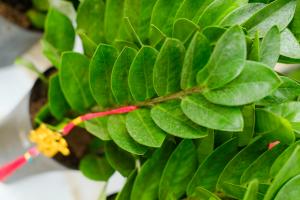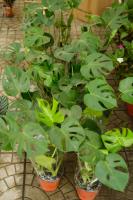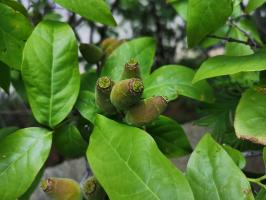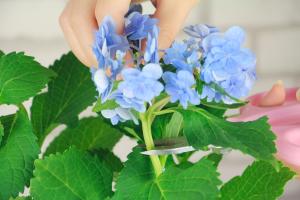Why Bottom Water Plants
Water plants are essential in any aquatic environment as they add beauty to it and provide various benefits to aquatic animals. They help to oxygenate the water, filter out toxins, and provide a safe harbor for fish and other aquatic organisms to hide and spawn.
However, not all water plants are created equal, and it is important to carefully select the ones that are best suited for your needs. One of the options that are slowly gaining popularity is bottom water plants, which are aquatic plants that grow their roots deep into the substrate of the water.
Advantages of Bottom Water Plants
There are several advantages to selecting bottom water plants over other types of aquatic plants. First and foremost, they provide a more natural and organic look to the aquatic environment, which can add depth and texture to your aquatic garden or pond.
Furthermore, bottom water plants are more resilient and adaptable compared to other plants. They can tolerate harsher conditions such as high temperatures, low light, and low oxygen levels. This makes them easier to maintain and grow, especially for beginners or those who are looking for low-maintenance options.
Types of Bottom Water Plants
There are several types of bottom water plants available in the market, including but not limited to:
Anubias
Cryptocorynes
Sword Plants
Vallisneria
Cabomba
Hygrophila
Anubias is a slow-growing plant that is hardy and can tolerate low lighting. Cryptocorynes, on the other hand, come in a variety of sizes and shapes, and can be propagated easily. Sword plants are great for adding vertical elements to your aquatic environment, and are ideal for medium to large-sized tanks. Vallisneria have long and narrow leaves, and are great for hiding and protecting fish fry. Cabomba and Hygrophila are fast-growing plants that consume excess nutrients while providing a hiding place for fish and other aquatic organisms.
How to Plant Bottom Water Plants
When planting bottom water plants, start by choosing a substrate that is appropriate for the type of plant you have selected. It should be deep enough to accommodate the roots, but not too deep that it will suffocate the plant.
When you are ready to plant, gently remove the plant from its container and gently shake off any excess dirt. Make a hole in the substrate with your fingers or a small tool, and then carefully insert the plant's roots into the hole. Cover the roots with substrate, being careful not to damage the plant's stem or leaves.
Caring for Bottom Water Plants
To ensure the health of your bottom water plants, maintain clean water and a consistent water temperature. Provide enough light for the specific type of plant you have chosen, and supply it with the necessary nutrients through fertilizers that are specially formulated for aquatic plants.
Additionally, trim any dead or wilted leaves, and prune the plant when it gets too large. Doing so will prevent it from taking up all the nutrients in the water and from becoming too crowded, which can negatively impact the overall health of your aquatic environment.
Conclusion
Bottom water plants are a great addition to any aquatic environment, offering a variety of benefits and an organic and natural look. With the right type of substrate, light, and maintenance, they can thrive and provide many years of beauty and enjoyment in your aquatic garden or pond.

 how many times do yo...
how many times do yo... how many planted tre...
how many planted tre... how many pine trees ...
how many pine trees ... how many pecan trees...
how many pecan trees... how many plants comp...
how many plants comp... how many plants can ...
how many plants can ... how many plants and ...
how many plants and ... how many pepper plan...
how many pepper plan...

































